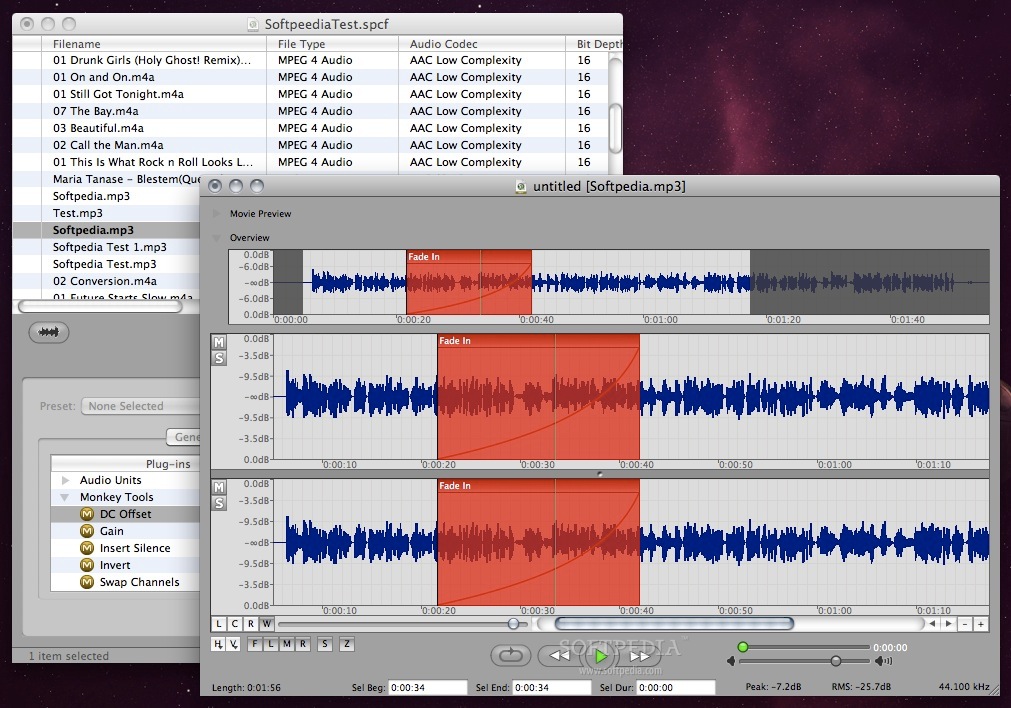



Before the invention of the cylinder record player, this was the only permanent recording of these tunes. An unfortunate consequence was the destruction of hundreds of organs, the barrels of which contained a record of the popular music of the day. In New York, where monkeys were commonly used by organ grinders, mayor Fiorello La Guardia banned the instruments from the streets in 1935, citing traffic congestion, the "begging" inherent in the profession, and organized crime's role in renting out the machines. The barrels used were heavy, held only a limited number of tunes, and could not easily be upgraded to play the latest hits, which greatly limited the musical and practical ability of these instruments. In New York City, the massive influx of Italian immigrants led to a situation where, by 1880, nearly one in 20 Italian men in certain areas were organ grinders. In many towns in Europe the barrel street organ was not just a solo performer, but used by a group of musicians as part of a story-telling street act, together with brightly coloured posters and sing-along sessions. Wooden bass pipes were placed underneath the organ and on the front were often mounted a set of pan-flutes or piccolo pipes, with decorative finishes. These early organs had more pipes than the serinette, could play more than one tune, and were considerably larger, in sizes up to 75 cm (29 in) long and 40 cm (16 in) deep. Many were built by Italian organ builders who had settled in France and Germany, creating companies such as Frati, Gavioli, Gasparini and Fassano. The first descriptions of the street organ, at that time always a barrel organ owing to its use of a pinned cylinder (barrel) to operate levers and play notes, can be found in literature as early as the late 18th century. An organ grinder with a monkey, 1892.( Hamilton, Ohio)


 0 kommentar(er)
0 kommentar(er)
